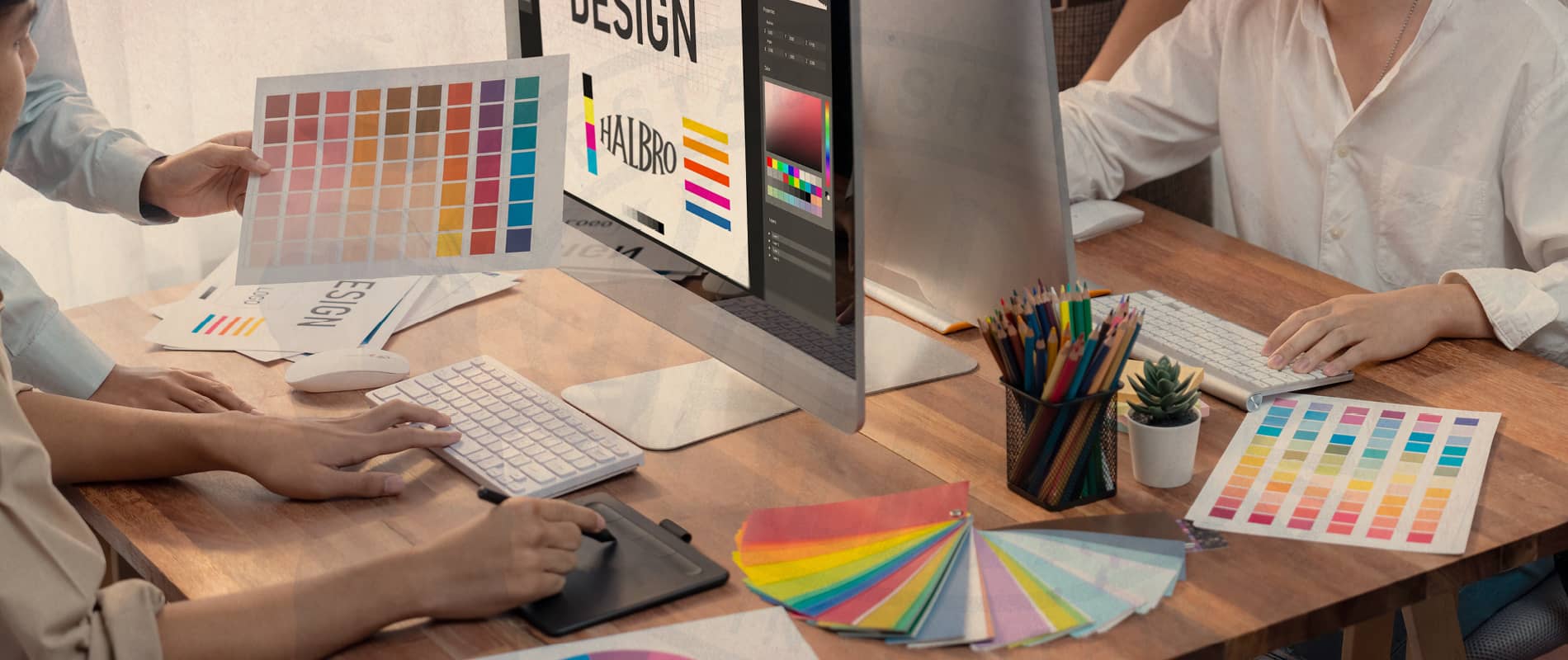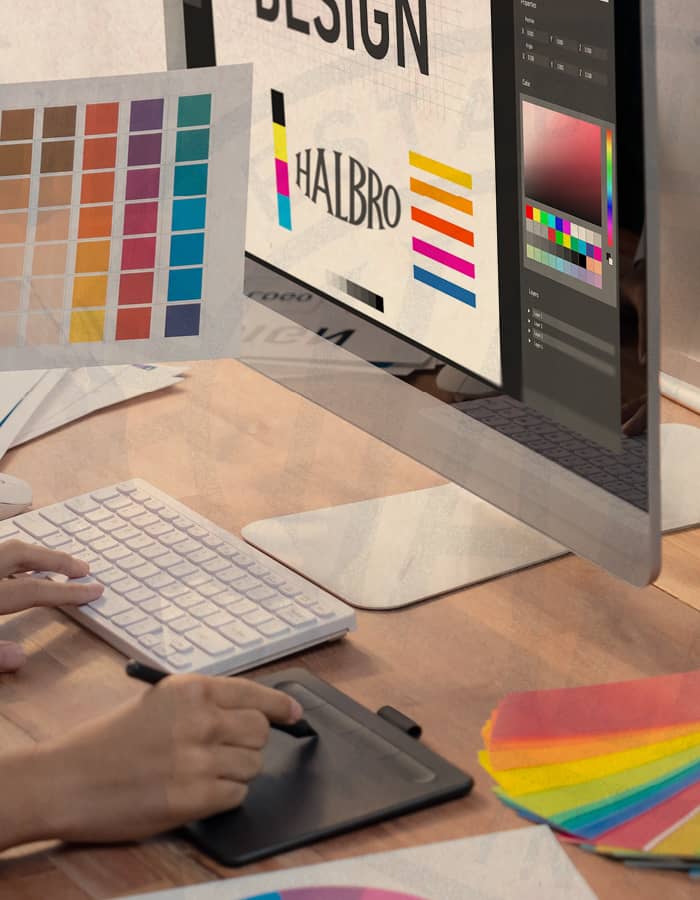

Supplying
Artwork
At Halbro, we take pride in delivering high-quality custom prints and embroidery that truly stand out. To ensure your designs are reproduced with the best possible clarity and detail, we require specific types of artwork files. Below, you’ll find the essential guidelines for submitting your artwork to us.
1. Preferred File Formats
To achieve the highest quality in your custom designs, we recommend submitting your artwork in one of the following formats:
- Vector Files:
- Accepted Formats: AI (Adobe Illustrator), EPS, PDF, SVG
- Why We Prefer Vector: Vector files are composed of paths rather than pixels, which means they can be scaled to any size without losing quality. This makes them ideal for both large prints and small embroidered details.
- High-Resolution Raster Files:
- Accepted Formats: PNG, JPEG, TIFF, PSD
- Resolution: Minimum 300 DPI at the intended print size
- When to Use Raster: Raster images are made up of pixels and are suitable for complex, photographic images. However, they must be high-resolution to avoid pixelation when printed or embroidered.
2. Colour Specifications
- Colour Mode:
- Printing: CMYK (Cyan, Magenta, Yellow, Black) for accurate colour reproduction in print.
- Embroidery: RGB or Pantone colours. If you have specific thread colours, please reference Pantone codes or provide physical samples.
- Spot Colours:
- If your design includes specific brand colours, please ensure these are clearly marked or provided as Pantone references.
3. Design Considerations for Printing
- Bleed:
- If your design is intended to extend to the edge of the fabric, include a 3mm bleed on all sides. This ensures there are no unprinted edges.
- Text and Line Thickness:
- Ensure that text is at least 6pt in size and that lines are at least 1pt thick. This prevents details from being lost in the printing process.
4. Design Considerations for Embroidery
- Minimum Line Thickness:
- Ensure that lines and text are no thinner than 1mm to maintain clarity.
- Stitch Count:
- Designs with very fine details or gradients may need to be simplified, as embroidery machines have limitations on how closely they can replicate such elements.
- Text Size:
- For legibility, text should be at least 5mm in height.
5. File Preparation Tips
- Outline Text:
- Convert all text to outlines in vector files to avoid font issues.
- Flatten Layers:
- For raster files, flatten all layers before saving to ensure the design appears as intended.
- Transparent Backgrounds:
- For printing on coloured or transparent fabrics, ensure your raster images have a transparent background.
6. Submitting Your Artwork
- File Naming:
- Please name your files clearly, using your company or team name and design title (e.g., “CompanyName_DesignTitle.ai”).
- Upload Process:
- Files can be uploaded directly through our website, or sent via email or a file transfer service if they are large. We accept files up to 50MB through our upload portal; for larger files, please use a service like WeTransfer or Dropbox.
7. Need Help?
- Design Assistance:
- If you’re unsure whether your file meets our requirements, our design team is here to help. We offer artwork conversion and adjustment services to ensure your design looks its best on your chosen product.
- Contact Us:
- For any questions or if you need further guidance, feel free to contact us. We’re here to make the process as smooth as possible.
